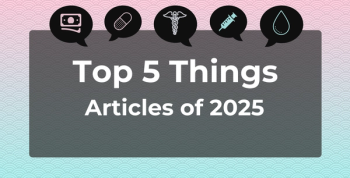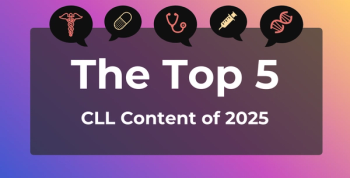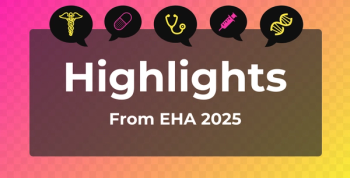
Heart Failure Prognosis Not Improved by Risk Score Prediction
The REVEAL-HF study investigated using risk scores to improve patient outcomes through targeted interventions, including treatment initiation and intensity, end-of-life care, and hospitalization and mortality risks.
A trial that compared outcomes among patients with
Findings from the REVEAL-HF study appeared online today in
“HF is a major cause of morbidity and mortality worldwide,” the study investigators wrote. “The use of risk scores has the potential to improve targeted use of interventions by clinicians that improve patient outcomes, but this hypothesis has not been tested in a randomized trial.”
A slightly lower median (IQR) NT-proBNP level was seen in the alert group (3826 [1692-8241] pg/mL) compared with the usual care group (3867 [1663-8917] pg/mL), but total intensive care unit (ICU) admission rates, at 17.9% and 17.6%, and prevalence of HF with reduced ejection fraction, at 23.1% and 23.4%, respectively, were equivalent. The top 3 most common comorbidities were atrial fibrillation, diabetes, and chronic kidney disease, and most patients (82.2%) were on beta-blockers at trial enrollment.
Risk scores comprised retrospective data on age, weight, systolic blood pressure, red cell distribution width, blood urea nitrogen level, monocyte count, lymphocyte percentage, blood urea nitrogen/creatinine ratio, troponin level, NT-proBNP level, mean corpuscular volume, ICU admission, and measurement of arterial pH level. In addition, there were 4 categories of risk (very low, < 5%; low, 5%-15%; medium; 15%-30%; high, 30%-50%; very high, > 50%) and 4 physician choices for the risk assessment (appropriate, too high, too low, not sure).
Most patients (48.7%) were classified as having a low risk of 1-year mortality, 25.1% had a very low risk, and 20% were deemed to have a medium risk. From this, the study authors saw a mean (SD) area under the curve of 0.74 (0.02) via their risk model, and they noted that this result echoed findings from an internal validation that occurred before their study officially rolled out.
Ages were close to equal in the groups, at a median 76.5 (65-86) years in the intervention group and 77 (65-86) years in the usual-care cohort, and most patients in each group identified as female (50.1% and 51.4%, respectively). The most common ethnicities represented were non-Hispanic (91.1%, intervention; 88.6%, usual care), White (70.8% and 70.2%, respectively), and Black (20.4% and 19.4%).
There were a median 9 (5-16) alerts per patient and 5 (2-12) per clinician, and the primary end point was seen in 38.9% of the alert group and 39.3% of the usual care group. The authors noted there were no statistically significant differences between the components of the end point.
Further, rates of discharge prescription of HF medical therapies, of new placement of an implantable cardioverter-defibrillator, of implantation of left ventricular–assist device, and of cardiac transplant did not differ between the study groups. And although palliative care referrals increased according to risk, this finding also did not differ between the groups.
“Implicit in the proliferation of risk scores to predict adverse events in patients with HF is the assumption that their use would allow clinicians to tailor interventions that benefit patients,” the authors wrote. “Our findings suggest a limited utility of an information-alone approach to HF prognostication.”
They added that clinical decision-making is as complex as HF is multifaceted and “prognostic information is but one of the many tools used to care for patients; it is entirely possible that this information was only helpful in subset of patients, which our study was not sufficiently powered to detect.”
Reference
Ahmad T, Desai NR, Yamamoto Y, et al. Alerting clinicians to 1-year mortality risk in patients hospitalized with heart failure: the REVEAL-HF randomized clinical trial. JAMA Cardiol. Published online August 10, 2022. doi:10.1001/jamacardio.2022.2496
Newsletter
Stay ahead of policy, cost, and value—subscribe to AJMC for expert insights at the intersection of clinical care and health economics.







































